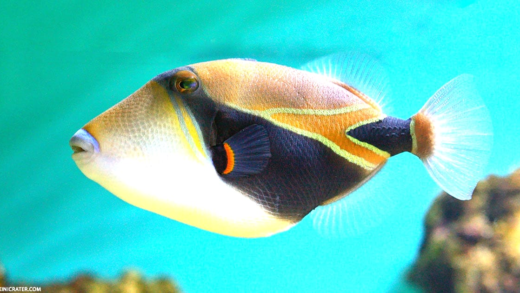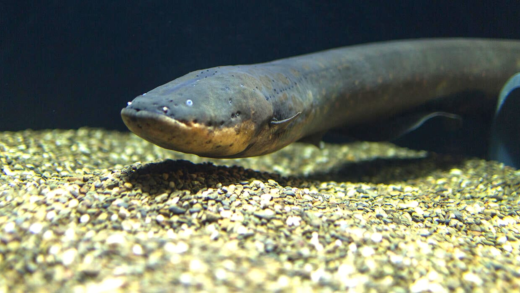The woodlouse spider is a fascinating arachnid known for its unique features, including six eyes and specialized jaws for hunting woodlice. Its role in the ecosystem is significant as it helps regulate woodlice populations, which in turn affects soil health. This spider showcases interesting behaviors and adaptations that highlight its importance in maintaining ecological balance.
Unique Features of the Woodlouse Spider
The woodlouse spider, gladicosa, stands out in the arachnid world due to its distinct physical and behavioral attributes. This spider, primarily found in damp environments, possesses a unique body structure that sets it apart from other spider species.
One of the most notable features of the woodlouse spider is its six eyes. Unlike many spiders that have eight, the woodlouse spider’s vision is adapted for its hunting style. The arrangement of these eyes allows it to detect movement effectively, crucial for a predator that relies on stealth to catch its prey.
Additionally, the woodlouse spider exhibits a remarkable jaw structure. Its powerful chelicerae (jaws) are designed to pierce through the tough exoskeleton of its primary prey—woodlice. This adaptation not only aids in hunting but also ensures that the spider can consume its prey efficiently.
- Body Coloration: Typically, these spiders are brownish or gray, allowing them to blend in with their surroundings, which is vital for avoiding predators.
- Size: Adult woodlouse spiders usually measure between 10 to 20 mm, making them relatively small compared to other spider species.
- Habitat: They prefer dark, damp places, often found under logs or stones, which helps them maintain moisture and provides ample hunting grounds.
In conclusion, the woodlouse spider’s unique adaptations, including its six eyes and specialized jaw structure, not only make it an effective predator but also an interesting subject for arachnology. Understanding these features can deepen our appreciation for the complexities of ecosystems where these spiders thrive.
Hunting Techniques of the Woodlouse Spider
The woodlouse spider, gladicosa, exhibits fascinating hunting methods that highlight its unique adaptations. Primarily, it preys on woodlice, a behavior that has shaped its predatory skills. The woodlouse spider utilizes a stealthy approach to stalk its prey, capitalizing on its natural camouflage and the element of surprise.
When hunting, the woodlouse spider employs several techniques:
- Ambush Strategy: The spider often hides in dark, damp places, waiting patiently for unsuspecting woodlice to wander by.
- Quick Strikes: Once a target is in range, the woodlouse spider strikes swiftly, using its strong legs to propel itself toward its prey.
- Jaw Power: Its formidable chelicerae (jaws) are essential for delivering a lethal bite. These jaws can penetrate the hard exoskeleton of woodlice, ensuring that the spider can consume its meal efficiently.
The woodlouse spider’s hunting success is closely linked to its specialized jaw structure. The chelicerae are not only powerful but also equipped with serrated edges, which allow the spider to grip and hold onto its prey tightly. This feature proves critical, especially when dealing with the tough exterior of woodlice.
In conclusion, the woodlouse spider’s hunting methods reflect its evolutionary adaptations and specialized anatomy. By understanding these techniques, we gain insight into the intricate dynamics of predator-prey relationships in the ecosystem.
Ecosystem Role of the Woodlouse Spider
The woodlouse spider, gladicosa, plays a crucial role in its ecosystem, particularly in the balance of populations of woodlice and other small invertebrates. By preying on woodlice, the woodlouse spider helps regulate their numbers, preventing overpopulation that could lead to resource depletion in their habitat.
Woodlice are detritivores, meaning they feed on decaying organic matter. Their abundance can influence soil health and nutrient cycling. The woodlouse spider’s predation on woodlice is a natural check on this process, ensuring that the decomposition cycle functions optimally.
- Predator-Prey Dynamics: The relationship between the woodlouse spider and woodlice illustrates a classic predator-prey dynamic that is essential for maintaining ecological balance.
- Behavioral Adaptations: The woodlouse spider exhibits interesting behaviors, such as its preference for dark, moist environments where woodlice thrive, enhancing its hunting success.
- Feeding Habits: Its specialized jaw structure not only allows it to consume woodlice effectively but also highlights the evolutionary adaptations that have occurred within this spider species.
In summary, the woodlouse spider is more than just a predator; it is an integral component of its ecosystem, influencing the populations of woodlice and contributing to the overall health of its environment.





Comments are closed.